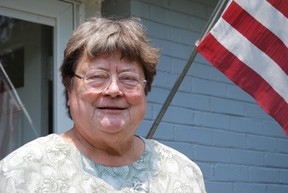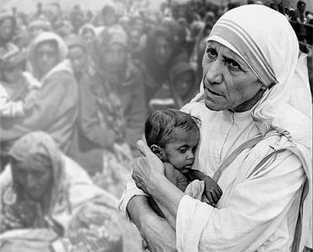 by Yoon Joung Lee The founder of the Brain Foundation and a real estate agent, Trudy Harsh, lost her daughter in 2006. Her daughter, Laura, developed a brain tumor when she was 8. Laura had a surgery to remove her tumor at Georgetown hospital, and the doctor warned her family that Laura can only live about 6 more years. After the surgery, she was never the same again. However, with years of hospitalizations and various treatment programs, she survived for 30 more years until she died at age 38 in 2006. With her daughter’s experiences, Harsh became an advocate and involved in the issue of the mentally disabled by brain injury and disease by serving as a member of various boards and committees at the Fairfax-Falls Church Community Service Board. While she was working for the various community services, she realized that the government wasn’t solving the problems fast enough to fill the needs of disabled people. Especially the large housing need in Fairfax County. She founded the Brain Foundation in 2003 to raise funds for buying, furnishing and keeping up homes for those in need. In 2006, the Brain Foundation was able to obtain a $450,000 loan from the Virginia Housing Development Authority as Wilbur Dove, an entrepreneur who was running his own nonprofit housing group, agreed to seed her project with $50,000. The foundation bought a four-bedroom townhouse furnished by donations. Harsh named the facility “Laura’s House” in honor of her daughter. This first Laura’s House opened in 2006. The Brain Foundation now has a total of 5 Laura’s Houses and 20 residents are living there. The tenants only pay part of the cost of the houses and utilities and the Brain Foundation pays the rest. A local mental-health agency manages the properties and provides counseling. Ron Wilensky in Orlando, Florida, a former Marriott executive, was inspired by Harsh’s model and founded the Brain Foundation of Florida. Ron Wilensky’s brother-in-law, Dave Jeffreys, also had a mental illness for 40 years. The Brain Foundation of Florida is raising their funds the same way Harsh did, and their houses are helping so many disabled in Florida. They named those houses “Dave’s House.” The Brain Foundation is successful, however, what true success means to Trudy Harsh is helping people with disabilities stand up by themselves and live independently.  by Yoon Joung Lee The “Satin of Gutters,” Mother Teresa, was born Agnes Gonxha Bojaxhiu in Skopje, capital of the Republic of Macedonia in 1910. She was the youngest of the children of an Albanian family. Her father worked in Albanian politics but passed away when she was eight years old in 1919. Since that time, her mother raised her as a Roman Catholic. When she was twelve years old, she felt the call of God and she decided to become a missionary to spread the love of God to the world. At the age of eighteen she left Skopje and joined the Sisters of Loreto which is an Irish community of nuns with missions in India. Then, she was sent to India and took her initial vows as a nun. From 1931 to 1948, she worked as a teacher at St. Mary’s High School in Calcutta. However, what catches her intentions the most was the outside world where people suffered from poverty. She made such a deep impression of the outside and left the school. She devoted herself to working for the poor in the slums of Calcutta. There, she founded an open-air school for slum children and gained many voluntary helpers and financial support. In 1950, she founded “The Missionaries of Charity” by the permission from the Holy See. The organization’s mission was to take care of “the hungry, the naked, the homeless, the crippled, the blind, the lepers, all those people who feel unwanted, unloved, uncared for throughout society, people that have become a burden to the society and are shunned by everyone.” This organization has spread all over the over the world including Eastern European countries and the former Soviet Union. It started with a small order, but by the 1990s, more than 40 countries with over one million workers are supporting and assisting the organization. Her numerous awards and distinctions include the Pope John XXIII Peace Prize in 1971, the Nehru Prize in 1972, the Balzan Prize in 1979 and the Templeton and Magsaysay awards. |
Archives
July 2017
Categories
All
|
 RSS Feed
RSS Feed